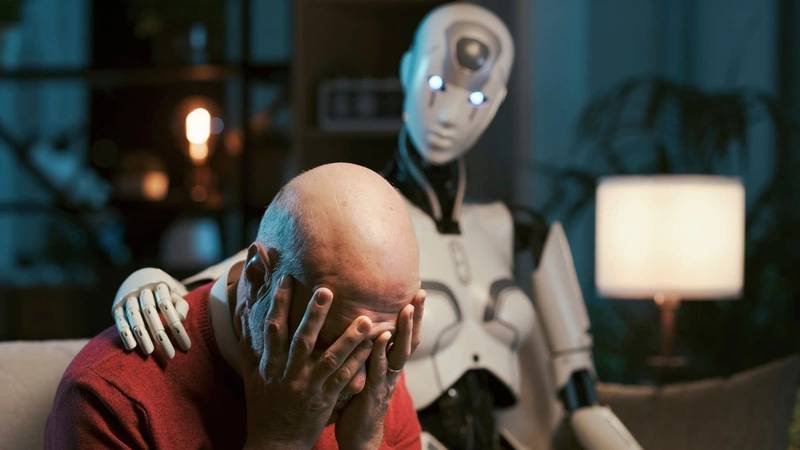
The outlook could be bleak or bright depending on how we view the rise of humanoid robots.
Think of this quote from a book by Jacob Morgan:
“While many futurists and business leaders believe that robots and automation are taking jobs from humans, I believe that it’s the humans who are taking the jobs away from robots.”
Or this one from a book by James Barrat:
“A powerful AI system tasked with ensuring your safety might imprison you at home. If you asked for happiness, it might hook you up to a life support and ceaselessly stimulate your brain’s pleasure centers.”
Or, more light-heartedly, this one from a book by Douglas Adams:
Arthur: I think that door just sighed.
Marvin: Ghastly, isn’t it? All the doors on this spaceship have been programmed to have a cheery and sunny disposition.
Robots will soon be coming to shipyards. In May, HD KSOE and HD Hyundai Robotics signed a deal with Persona AIto jointly create rugged humanoid robots capable of performing complex welding tasks in shipyards. Unlike conventional robots that focus solely on repetitive tasks, these robots are expected to observe, reason and make decisions. The idea is for humans and robots to collaborate seamlessly.
In the future, human-robot interaction might be further advanced due to research underway at Edith Cowan University in Australia. Researchers there are helping machines become more emotionally aware by enabling them to better recognize human facial expressions.
Instead of training AI systems to interpret emotions using single images, the team is exploring a more human-like approach: showing a group of related facial expressions together to allow the machine to see a broader emotional context and therefore have better understanding.
With these developments, we might ponder what our future with robots will be like.
A recent editorial in SHIPUNIVERSE evaluated the likelihood of robots replacing human crews on ships. Advantages that humans had over robots included:
Decision-Making: Humans combine experience, instinct and situational awareness, whereas AI lacks contextual judgment and improvisation.
Problem Solving: Humans can come up with creative solutions under pressure, with limited resources, whereas AI has pre-programmed responses and can’t adapt beyond its scope.
However, humans can suffer fatigue and mental strain. They can sustain injuries or illnesses that require fast and costly intervention.
Robots may never fully replace humans, but the authors conclude that “replacing human crew with robots is no longer just a futuristic idea, it’s a real conversation.”
Stephen Hawking once put our prospects for the future like this: “Everyone can enjoy a life of luxurious leisure if the machine-produced [robots] wealth is shared, or most people can end up miserably poor if the machine-owners successfully lobby against wealth redistribution. So far, the trend seems to be toward the second option, with technology driving ever-increasing inequality.”
Author Tapan Ghosh sees this mandate for the future: “When robots learn to think like you, you will have no option but to keep evolving.”